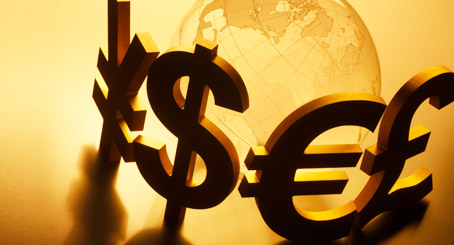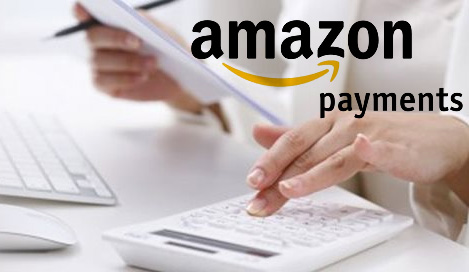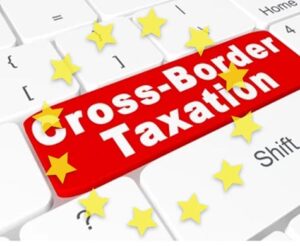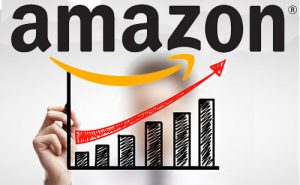Amazon is a highly popular marketplace for online sellers – with good reason, since it has a huge number of buyers, a supportive fulfillment service, and a presence in 15 countries around the world. Amazon makes it easy to become an international seller, but it doesn’t come free of charge.
Some Amazon fees are unavoidable, like the standard sellers’ fee of $39.99 per month or $0.99 per item sold and the per item fee of between 6% and 20% of the selling price (Amazon USA). But others, like the fees associated with processing your Amazon international payments, can be reduced or removed entirely if you make smart payment processing choices.
How to receive payments from Amazon
When your Amazon seller account is in credit, Amazon sends you the money through an Electronic Funds Transfer (EFT) or Automated Clearing House (ACH). According to Amazon’s own regulations, you can’t receive your payments in an online payment system like PayPal or accept them to your credit card. Amazon will only send payments to a bank account, leaving international sellers facing a problem.
Your bank account probably only accepts payments in your native currency, but your sales were made in Brazilian Real, Mexican Pesos or Euros. Of course, you can convert them into your native currency – but it will cost you. You could end up paying $400 or more in fees on an annual turnover of $10,000, depending on how you choose to receive your Amazon international payments.
Four ways to receive international payments from Amazon
Amazon Currency Converter for Sellers (ACCS)
With the ACCS, Amazon changes your payments into your home currency before making the transfer. It’s easy and takes care of all the hassle – but you’ll have to pay around 4% in transaction fees for the privilege. You also can’t guarantee that you’re getting the best exchange rate.
Your home bank
You could use the currency exchange services in your home bank account so the bank will receive your Amazon payment in Real or Euros, convert it into your home currency, and then deposit it in your bank account. But banks are notorious for charging high fees for currency exchange – anything from 2% upwards. You won’t be getting the best exchange rates through your bank, and your bank charges extra fees from around $15 to $25 or more every time you get an Amazon payment. These soon add up to a significant chunk of your hard-earned profits. Amazon will also only make payments in the currency of your receiving bank. So even if your bank’s currency exchange fees work out lower than those of the ACCS, Amazon will automatically use the ACCS to convert your payment and then send it.
A local bank
To avoid paying Amazon’s ACCS and your home bank fees, you could open up a business account in the country where you’re making sales. But most countries require you to have a physical address in the country to open a bank account, and you might have unfavorable exchange rates to transfer your money back into your home currency.
Once you have a physical presence in the country, you’ll also be obligated for other local fees and taxes. For example, if you have a physical presence in the US, you’ll be liable for sales tax. A warehouse in an EU country requires you to pay VAT according to that country’s regulations.
Payment services
There are payment solutions which integrate with Amazon. These allow you to accept payments in multiple currencies without any fees, and then withdraw funds in your local currency. This way you can bypass both international exchange rates and bank fees at once.

How to choose the best payment solution for receiving international Amazon payments
While your biggest concern is to reduce the amount of fees you have to pay on your Amazon payments, don’t make the mistake of jumping on the cheapest payment processing solution you find. Look for a payment provider that is:
- Reliable. Your chosen payment solution should have a track record of delivering on its promises. Look for a system with built-in
redundancies so that if something happens to some of its servers, your payments will still be processed securely and on time. - Fast. Successful cash flow means receiving payments as close to immediately as possible so that you have the income in hand to pay your providers and overheads.
- Regulated. Only use a payments provider that is fully licensed and regulated to work with Amazon and to provide payment services in your home country and the country where you sell.
- Connected with a broad network of local clearing houses, which ensures that your payments are held securely while they wait for clearance and that clearance doesn’t take too long.
- Multi-lingual. It’s important to choose a payment processing solution that is truly international, able to deal with issues in the source language while also providing support in your own language.
What else to look for in an Amazon payment solution
Extra services can be more than worth a small margin in terms of fees. Some payment providers offer:
- A Global Payment Service that functions as a local currency receiving account
- In-network payments to providers for no added charge
- Free and easy ways to pay local taxes such as VAT in Europe.
- Multiple integrations with third-party software such as ERP, accounting software, and other business tools to make running a business a little easier
[contact-form-7 id=”25956″ title=”consultation to optimize amazon bank transfer fees”]






